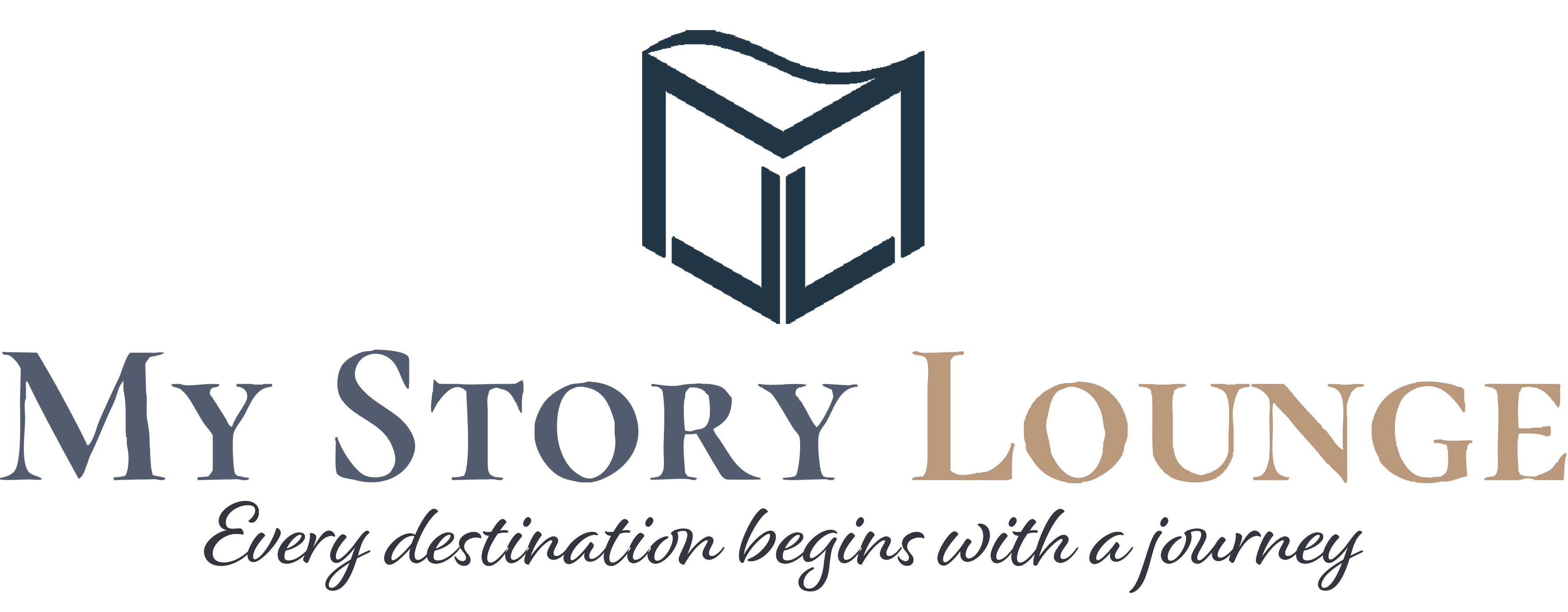Let No Rock Stand In The Way – Warren Macdonald
Share
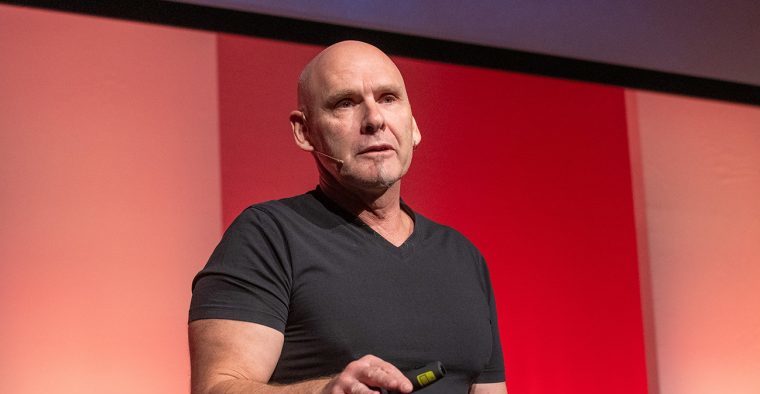
” Without resilience, anything gained is easily taken away. You can’t really be successful in the long-term without some degree of resilience.”
Imagine a scenario where you were trapped beneath a one-ton boulder while climbing a mountain and lose both legs as a result. Would you go back to climb mountains again? The answer for most people would likely be an outright “No”.
That was exactly what happened to Warren Macdonald on one fateful day back in April 1997 in a freak rock fall. And yet, unlike most people, Macdonald went right back to climbing just ten months after that accident that saw the amputation of both his legs at mid-thigh, using a modified wheelchair and the seat of his pants! Warren, an Australian native, has one of the most inspirational survival stories to share about the accident on North Queensland’s (Australia) Hinchinbrook Island and his amazing feats that came after.
Among his other achievements include becoming the first double above-knee amputee to reach the summit of Africa’s tallest peak, Mt Kilimanjaro (19,222ft) in 2003. Later that same year, in a spectacular effort requiring more than 2,800 pull-ups over 4 days, he climbed America’s tallest cliff face, El Capitan. Warren is also the only above knee amputee to make an ascent of Canada’s landmark frozen waterfall, the 600 ft “Weeping Wall” in Alberta.
Warren’s bestselling first book, ‘A Test of Will’, is the subject of the “Trapped under a Boulder” episode of the Discovery Channel series “I Shouldn’t Be Alive”. He has also appeared on Larry King Live, The Oprah Winfrey Show, and The Hour with George Stroumboulopoulos.
His remarkable story makes a compelling argument that challenges in life are meant to be overcomed. Warren spoke to us about where this resilience comes from and what drives him forward.
EARLY LIFE
Tell us more about your family background and share with us what it was like growing up.
I grew up in the suburbs of Melbourne, Australia, the oldest of 4 children. We were left to roam freely as kids, which helped all of us develop a great sense of adventure. Growing up, the stuntman Evel Knevel was my hero, and I spent most of my childhood jumping over things (including my siblings) on my bicycle.
How did your upbringing shape the person you are today?
We grew up resilient. We had to make-do with what we had, which also made us adaptable and resourceful; both traits that hold a person in good stead in times of hardship and crisis.
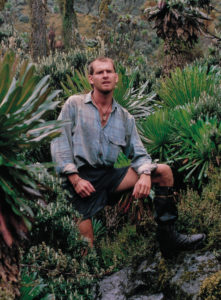
PASSION
Where did your passion for mountain climbing come from?
Our family did a lot of camping when we were younger, so an appreciation for the outdoors was there from a young age. At age 19, I undertook an Outward Bound style course, which was really aimed at taking a person outside of their comfort zone, and (hopefully), showing them that they are stronger than they think.
That week shaped the rest of my life, in that I discovered that I could be outside, with very little in the way of resources, and still be okay. No running water, no electricity; no roof over my head. That feeling evolved into wanting to push myself further, which led naturally to mountains and other wild places.
How did you survive being trapped beneath that one-ton boulder at North Queensland’s (Australia) in April 1997 and what went through your mind during and right after being rescued?
Whilst trapped, I had to draw on everything I’d experienced from life thus far. I’d spent years seeking discomfort, straying further and further from the well worn path. I’d travelled to Africa to test myself in a less domesticated environment, and all of those experiences bolstered me during the time I was trapped.
Once I was rescued, my task was to hang in there, to survive, and then to recover as best I could. As I gained small parts of my life back, I wanted more.
What were the major challenges you faced and hard decisions you had to make, after that accident and how did you overcome them?
As with anyone, most of the challenges were psychological. Sure, I had major physical challenges, but I also had to overcome how people looked at me now; how I looked at myself. At resetting limitations, ignoring limitations set by others, etc.
I also had to approach things one step at a time. It’s easy to become overwhelmed when the challenges are so huge and daunting. I learnt to break things down into manageable bite sized pieces, or steps, and tackle them bit by bit…
Ten months after that accident, you climbed Tasmania’s Cradle Mountain using a modified wheelchair. Not to mention, you embarked on subsequent mountain climbing expeditions. What’s the driving force behind that decision to continue pursuing this path and were you not traumatized by fear?
I wasnt so much traumatized by fear, but driven by a desire to reclaim my life, the life I’d once taken for granted. It was incredibly important to spend time outside, in nature, and whilst in the very beginning I thought that was something I’d lost, it was incredibly important for me to get it back.
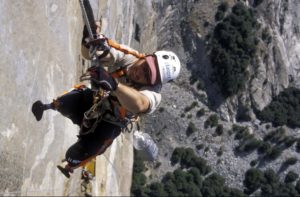
ACHIEVEMENTS
Which achievements are you most proud of and why?
One of the achievements I’m still most proud of happened before my accident, and that is standing up to defend the logging of old growth forests in Tasmania. Another, which is connected to the first, was climbing Federation Peak over the course of 28 days.
One of the main reasons I did that was to show that we need to keep our wild places wild, and that we don’t need excessive roads to access these places. We can visit them on our own terms, and if a guy with no legs can do that, so can you.
Share with us some experiences that you think played a significant role in your success?
Having the support of friends and family in what at times seemed like crazy endeavours. They were always there for me and helped immensely. A desire to keep going, to keep moving forward, despite hardship and pain. A desire to open the way for others with disabilities. There are now at least 7 or 8 double above knee amputees who have climbed Mt Kilimanjaro, including the first woman Many Hovarth back in May this year.
What do you think are the key ingredients to your success?
Authenticity. Adaptability. Resilience.
What lies ahead in terms of your goals and ambitions?
I have a kayak trip that is still on my list in south west Tasmania.

PERSONAL (LIFE)
How does a typical day look like to you now?
This morning I swam across the lake with friends. It is a 2km swim and we do it 4 times a week.
Mornings are usually spent trading and investing, and working on upcoming presentations.
Afternoons I will typically hand cycle or do some other form of activity.
I like to cook also so prep usually starts some time in the afternoon.
What is your life motto if any?
Never give up.
To you, what are the most important things in life?
Health and happiness. Without those, you don’t have much else.
What do you do when you find yourself feeling down on certain days?
Exercise is a great way to raise your spirits, as is mediation. Those two things were my greatest allies during covid. I describe meditation as a great way to tame your thoughts and to stop fear taking hold. It’s also a great way to get in sync with reality, and out of denial.
Who are the role models and influences in your life?
My dad has been a great influence in that he gave us that connection to the outdoors by taking us outside so often when we were kids. And my Mum for being there for me in everything I’ve done.
The former leader of the Australian Green party, Bob Brown has been a great role model for me, as has Elon Musk for his grand vision for the human race.
What are some things that many people don’t know about you?
I’m a huge heavy metal fan.
Why do you do what you do? (What drives you everyday)
We get one life. We best make the most of it.
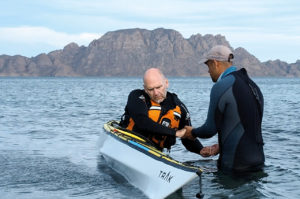
VIEWPOINTS
Has your perspective about life and living changed before vs after after losing your legs? If yes, how so?
Before the accident I was certainly less driven. THe accident taught me that life is short, and that if we want something, we best start making it happen.
In your opinion, why is resilience so important and how does it shape a person’s success?
Without resilience, anything gained is easily taken away. You can’t really be successful, at least in the long term, without some degree of resilience.
How can people build up their resilience in simple ways?
Resilience is like a muscle. If you don’t work on building it, it atrophies and dies away.
It is not something that can be learnt, but rather needs to be practiced. You build it by doing anything that challenges you, either physically or mentally, ideally both.
When you lift weights, you’re telling your body you can do hard things. When you cycle up a steep hill and don’t stop, you’re telling your body, not to mention your mind and spirit, that you can do hard things, that you can endure and not quit.
This concept transfers over into other areas of your life. The way I describe resilience is akin to a bank account. You make deposits, preferably daily, so that when the time comes to make a withdrawal, you have an adequate amount in your account.
Like a bank account, when the time comes for that withdrawal, you only have what you have.
No less, no more.

